
Sherrie's Jewelry Box
Give us a call or stop by today!
12425 SW Main Street Tigard Oregon 97223
503-598-0144
Sherrie's Jewelry Box
Give us a call or stop by today!
12425 SW Main Street Tigard Oregon 97223
503-598-0144
Birthstones history throughout the years
Birthstones history throughout the years
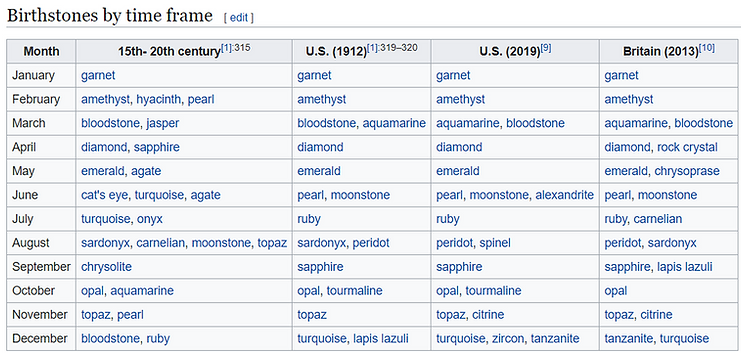
All of this and much, much more is available for your reading pleasure on Wikipedia by clicking here.


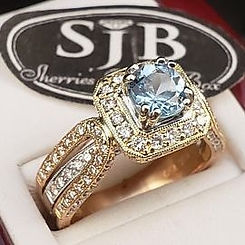
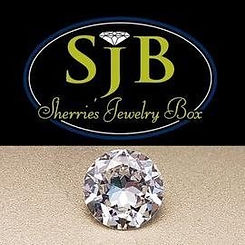
January - Garnet
Garnet, January’s birthstone, is one of the most diverse gemstones, as it comes in an extraordinary range of colors. The garnet birthstone is mined around the world and symbolizes many different positive emotions. Learn more about this unique birthstone.
Want to learn more about this gem and where it's from?
February - Amethyst
Amethyst, the February birthstone, is the purple variety of quartz and is said to cure drunkenness and make you quick-witted in business. You once had to be rich to own this birthstone for February, but new finds have made it more affordable.
Want to learn more about this gem and where it's from?
March - Aquamarine
Beryl (/ˈbɛrəl/ BERR-əl) is a mineral composed of beryllium aluminium cyclosilicate with the chemical formula Be3Al2Si6O18.[5] Well-known varieties of beryl include emerald and aquamarine.
Want to learn more about this gem and where it's from?
April - Diamond
Diamond is a solid form of the element carbon with its atoms arranged in a crystal structure called diamond cubic. At room temperature and pressure, another solid form of carbon known as graphite is the chemically stable form of carbon, but diamond almost never converts to it.
Want to learn more about this gem and where it's from?

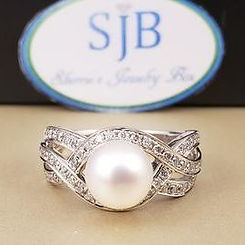
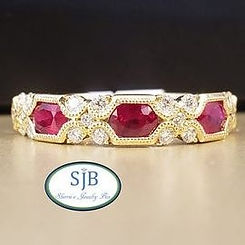

May - Emerald
Emerald is a gemstone and a variety of the mineral beryl (Be3Al2(SiO3)6) colored green by trace amounts of chromium and/or sometimes vanadium.[2] Beryl has a hardness of 7.5–8 on the Mohs scale.
Want to learn more about this gem and where it's from?
June - Pearl
A pearl is a hard, glistening object produced within the soft tissue (specifically the mantle) of a living shelled mollusk or another animal, such as fossil conulariids.
Want to learn more about this gem and where it's from?
July - Ruby
A ruby is a pink to blood-red coloured gemstone, a variety of the mineral corundum (aluminium oxide). Other varieties of gem-quality corundum are called sapphires.
Want to learn more about this gem and where it's from?
August - Peridot
Peridot (/ˈpɛrɪdɒt/ or /ˈpɛrɪdoʊ/) (sometimes called chrysolite) Its green color is dependent on the iron contents within the structure of the gem. Peridot occurs in silica-deficient rocks such as volcanic basalt and pallasitic meteorites.
Want to learn more about this gem and where it's from?
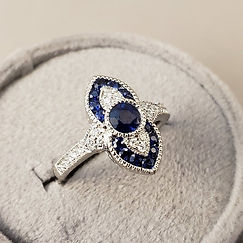
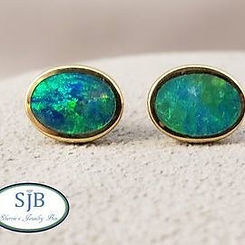

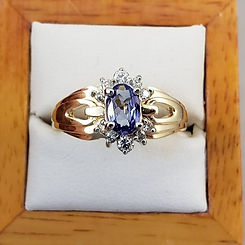
September - Sapphire
Sapphire, the September birthstone comes in all the colors of the rainbow – except red. Learn more about the birthstone of wisdom, loyalty and nobility and discover its history and where it can be found.
Want to learn more about this gem and where it's from?
October - Opal & Tourmaline
Opal and tourmaline are the two birthstones for October. Both of these gemstones are known for their endless color combinations and are believed to have been created from rainbows.
Want to learn more about this gem and where it's from?
November - Citrine
BIRTHSTONE OVERVIEW
Topaz and citrine are the two birthstones for November. Both are fairly abundant making them affordably priced. These two November birthstones are known for their calming energies and can be found around the world.
Want to learn more about this gem and where it's from?
December - Tanzanite
Tanzanite is the blue and violet variety of the mineral zoisite (a calcium aluminium hydroxyl sorosilicate), caused by small amounts of vanadium.[3] Tanzanite belongs to the epidote mineral group. Tanzanite is only found in Tanzania, in a very small mining area.
Want to learn more about this gem and where it's from?

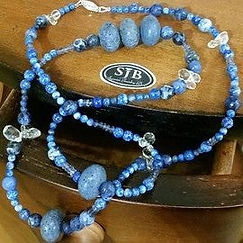


June - Moonstone
Moonstone has been used in jewelry for millennia, including ancient civilizations. The Romans admired moonstone, as they believed it was derived from solidified rays of the Moon.[3] Both the Romans and Greeks associated moonstone with their lunar deities.
Want to learn more about this gem and where it's from?
September - Blue Lapis
Lapis lazuli (/ˈlæpɪs ˈlæzjʊli, -laɪ/), or lapis for short, is a deep-blue metamorphic rock used as a semi-precious stone that has been prized since antiquity for its intense color.
As early as the 7th millennium BCE, lapis lazuli was mined in the Sar-i Sang mines,[1] in Shortugai, and in other mines in Badakhshan province in northeast Afghanistan.[2]
Want to learn more about this gem and where it's from?
October - Bloodstone
The mineral aggregate heliotrope (from Greek ἥλιος, hḗlios “Sun”, τρέπειν, trépein “to turn”), also known as bloodstone, is a cryptocrystalline mixture of quartz that occurs mostly as jasper (opaque) or sometimes as chalcedony (translucent). The "classic" bloodstone is opaque green jasper with red inclusions of hematite. The red inclusions may resemble spots of blood, hence the name bloodstone.
December - Turquoise
Turquoise is an opaque, blue-to-green mineral that is a hydrated phosphate of copper and aluminium, with the chemical formula CuAl6(PO4)4(OH)8·4H2O. It is rare and valuable in finer grades and has been prized as a gemstone and ornamental stone for thousands of years owing to its unique hue.
Want to learn more about this gem and where it's from?